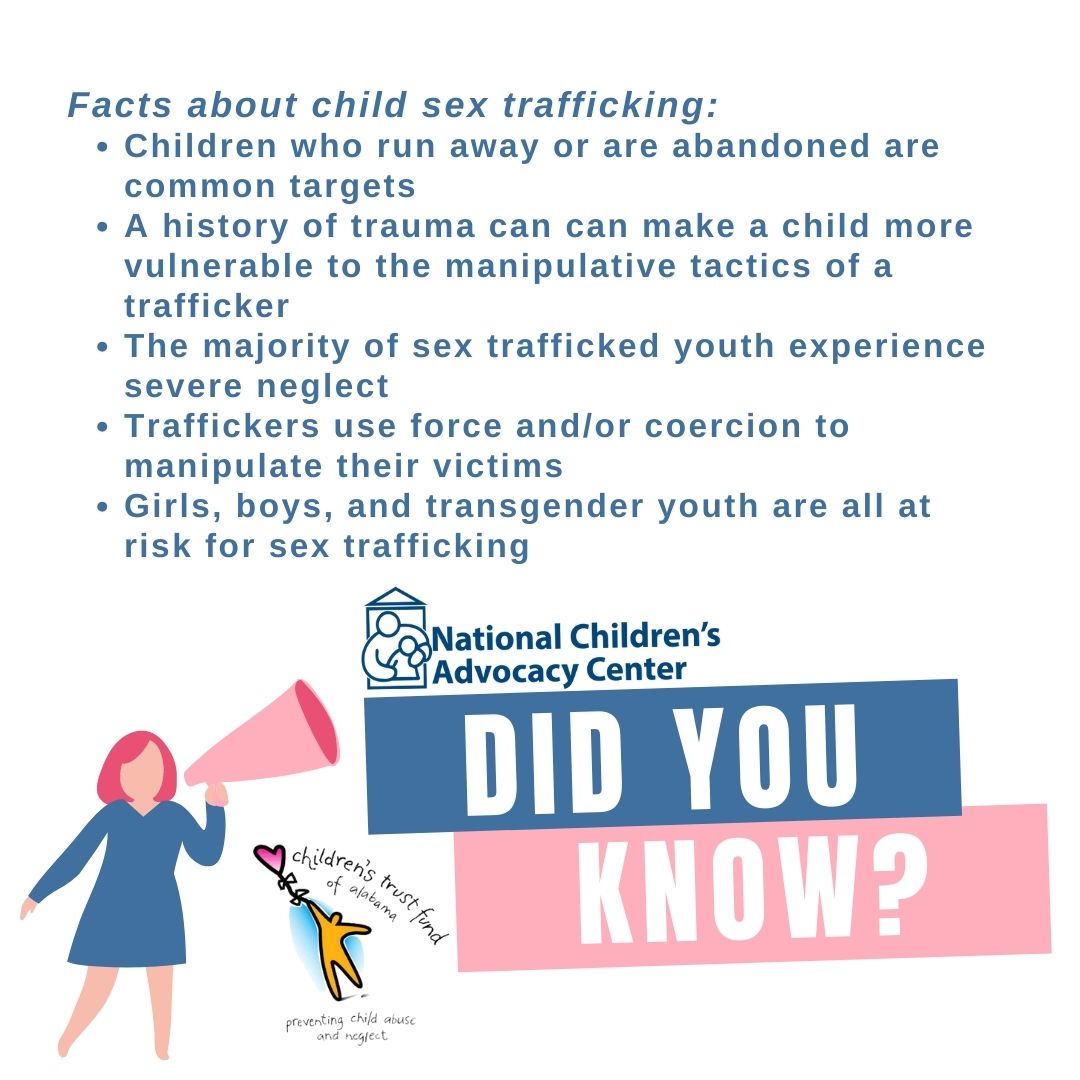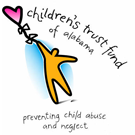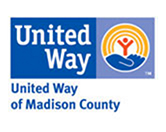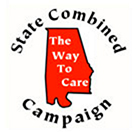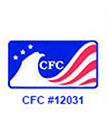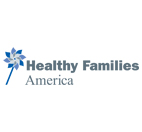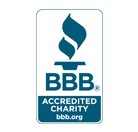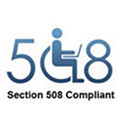Social Media Toolkit - Preventing Child Sex Trafficking
This social media toolkit is intended to help educate parents and community members about preventing child sex trafficking. For research concerning child sex trafficking refer to our updated bibliography or visit CALiO.org.
Questions about this toolkit? Contact Pam Clasgens pclasgens@nationalcac.org.
Instructions
For Text: Highlight text. While text is highlighted, right click and choose copy. Navigate to social media page and in space intended for text right click the mouse and choose paste.
CLICK HERE TO DOWNLOAD IMAGES AND VIDEOS. Save file to computer. Upload video to social media page from saved location.
Graphics
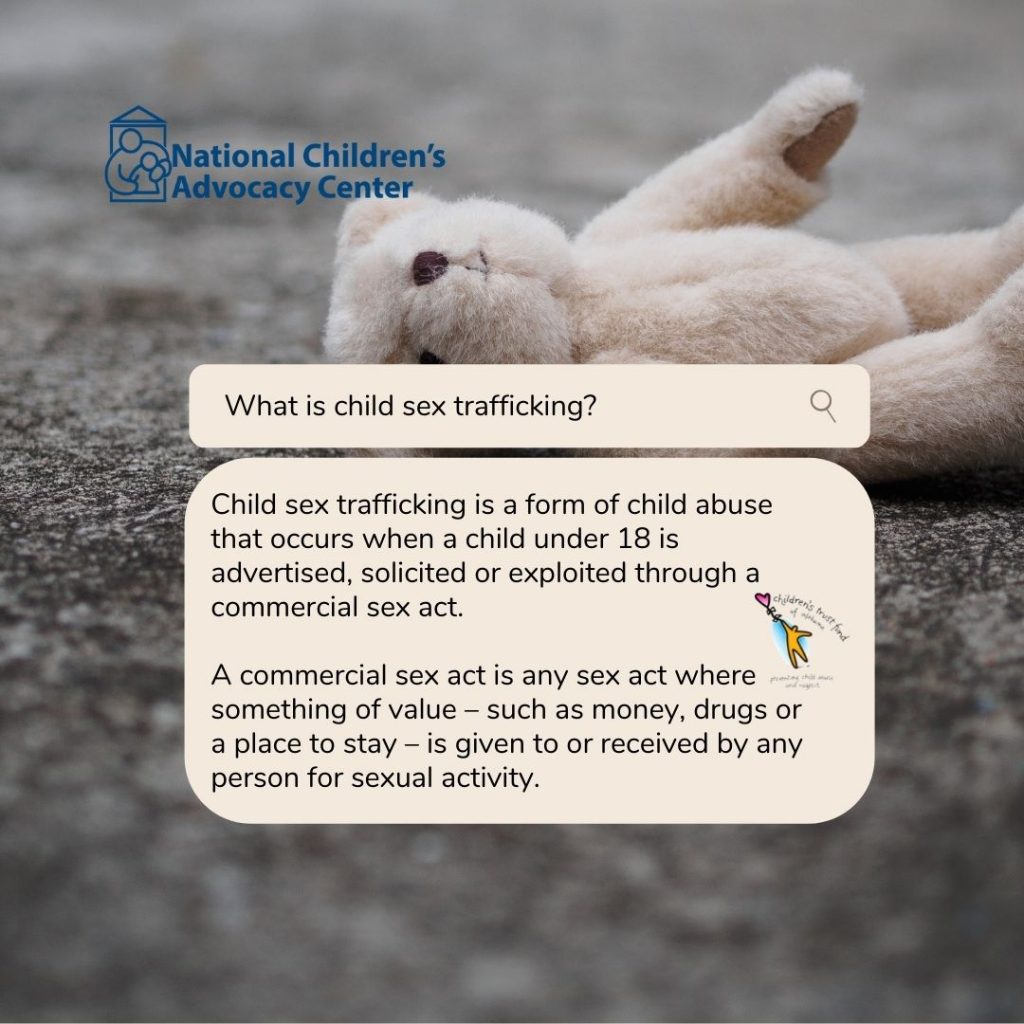
Suggested Text:
What is child sex trafficking?
It is a form of child abuse that happens when a child under 18 is advertised, solicited or exploited through a commercial sex act, in which anything of value, like money, drugs, food, a place to stay, is given to or received by any person in exchange for sexual activity.
What can I do about it?
If you suspect child sex trafficking, make a report. Report a missing child or teenager immediately. Call local law enforcement and then call the National Center for Missing & Exploited Children at 1-800-THE-LOST.
How can I be proactive and prevent it from happening?
Share this post. Share this information. Watch for more tips.
##ChildSexTraffickingAwareness #speakup
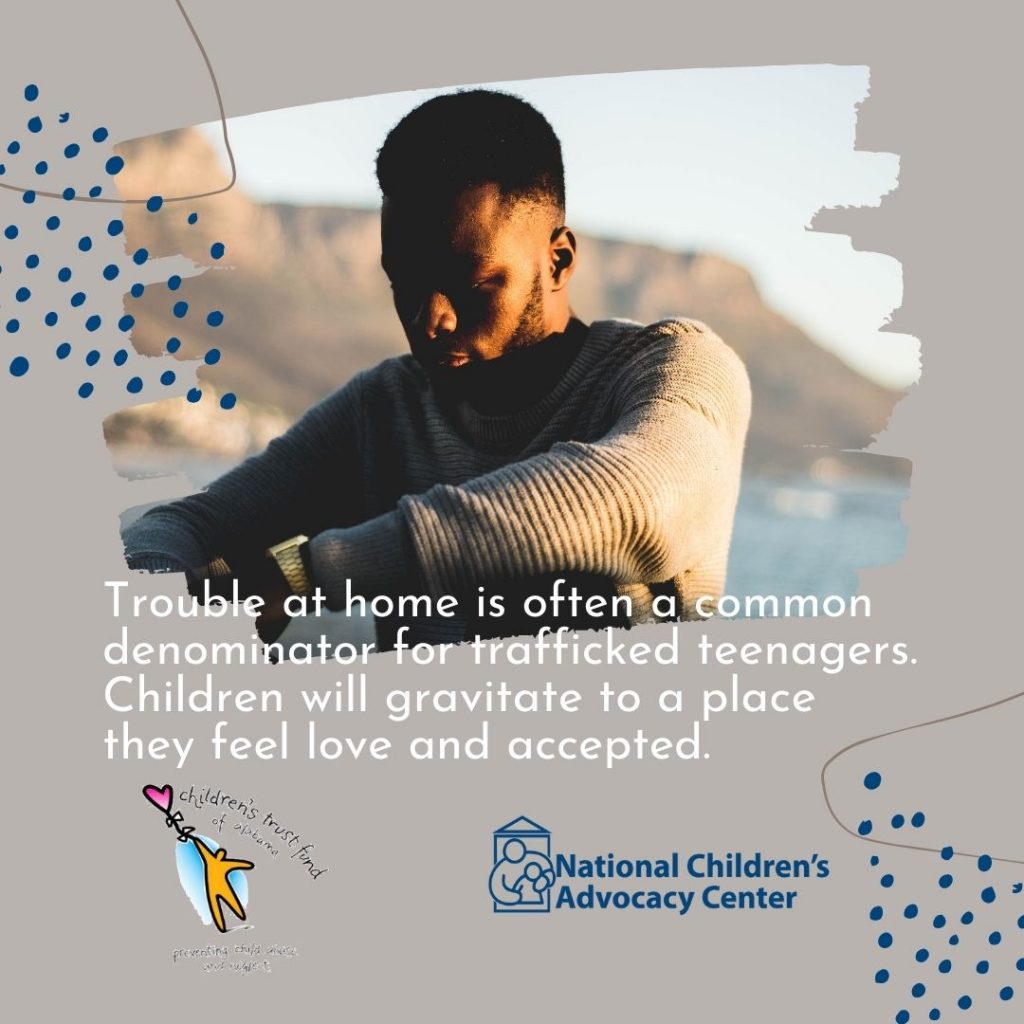
Suggested Text:
Trouble at home is often a common denominator for trafficked teenagers.
Children will gravitate to a place they feel love and accepted.
The best way to protect your child from sex traffickers is to create a loving, stable atmosphere at home where topics like this are discussed.
PLEASE SHARE and give more children a chance.
##ChildSexTraffickingAwareness
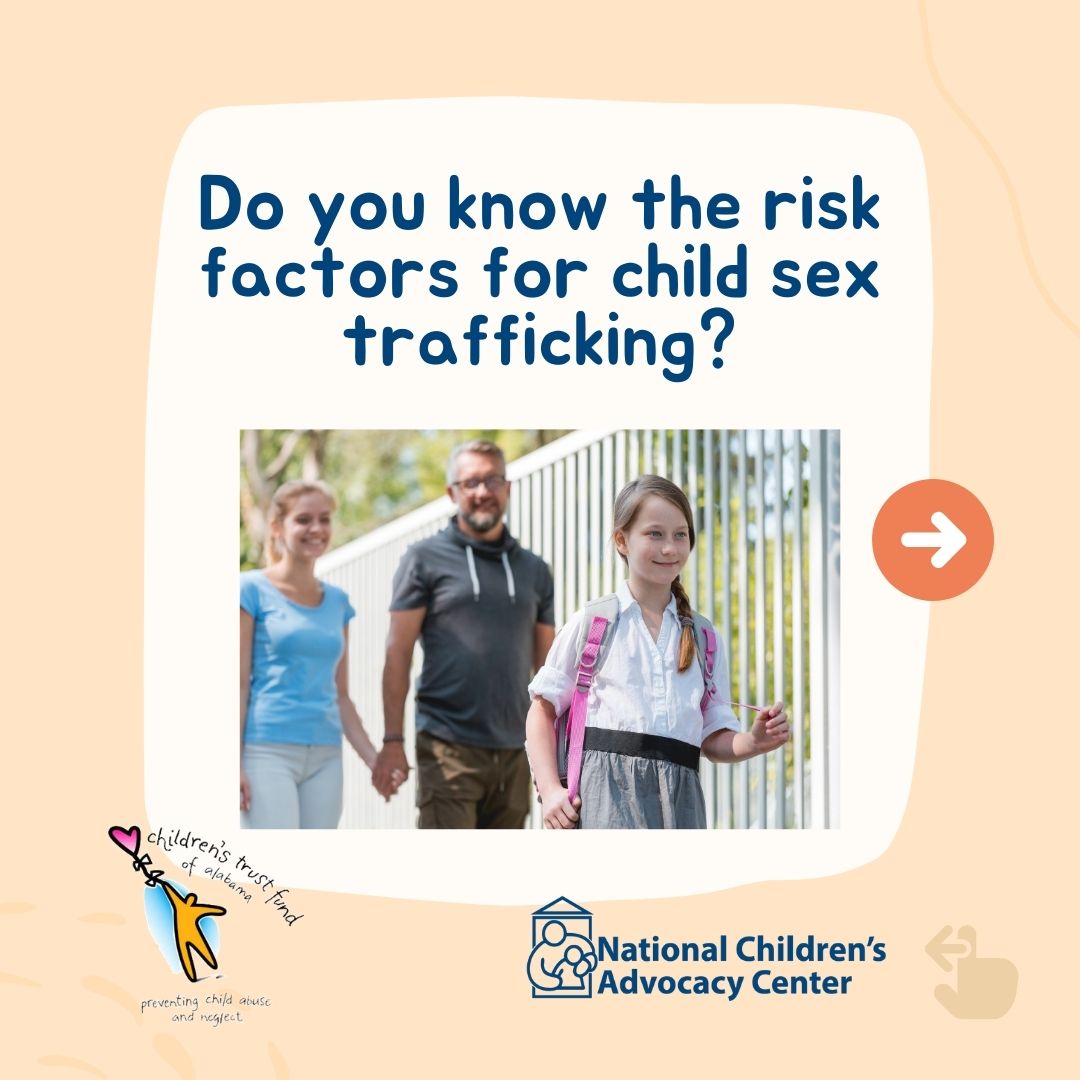
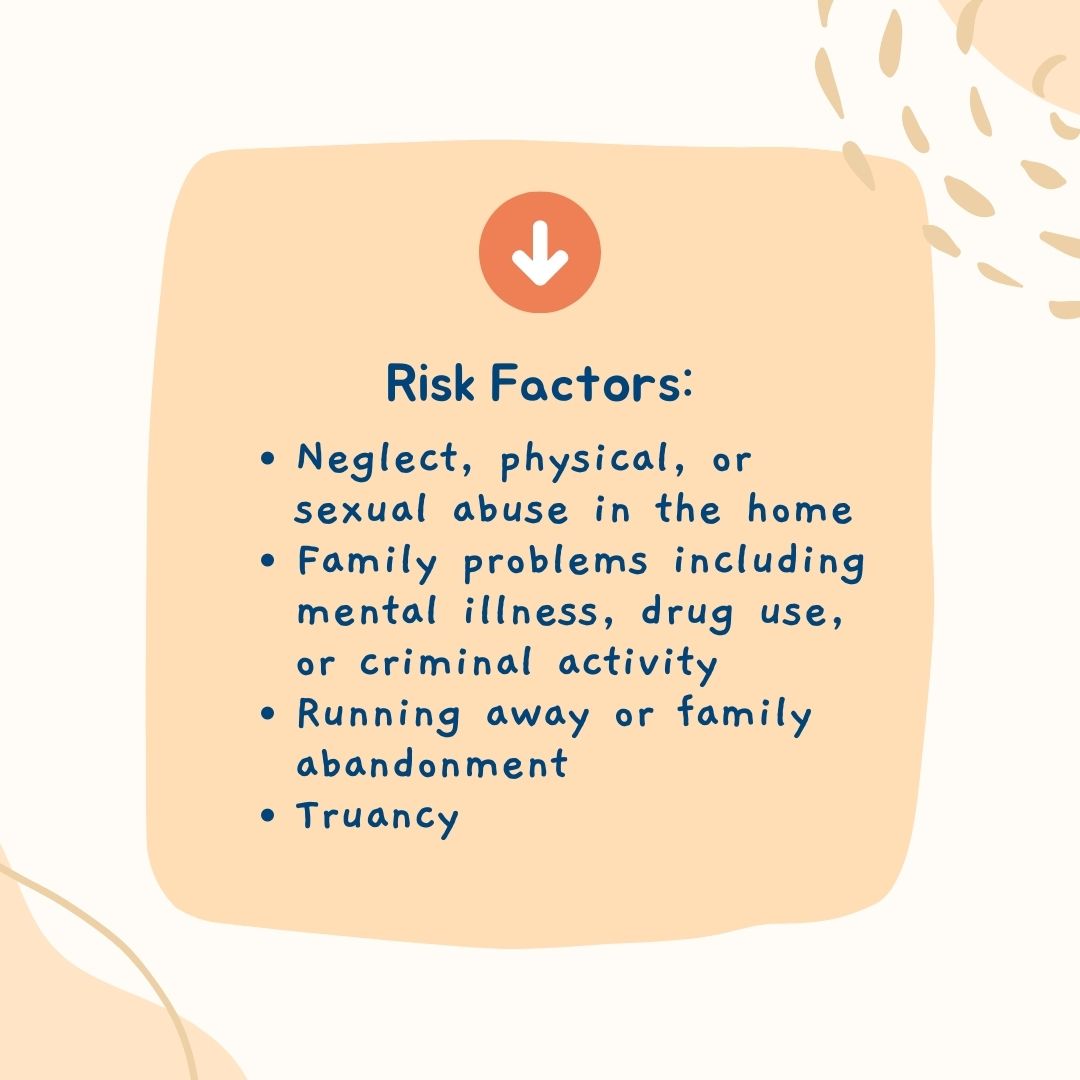
Suggested Text:
Do you know the risk factors for child sex trafficking?
- Neglect, physical, or sexual abuse in the home
- Family problems including mental illness, drug use, or criminal activity
- Running away or family abandonment
- Truancy
Children who feel they have nowhere else to turn for support are vulnerable to sex traffickers. The trafficker provides attention, food, clothing, shelter, and a sense of belonging.
Knowing these facts can help you protect the children in your life. Sharing this post can help even more children.
##ChildSexTraffickingAwareness
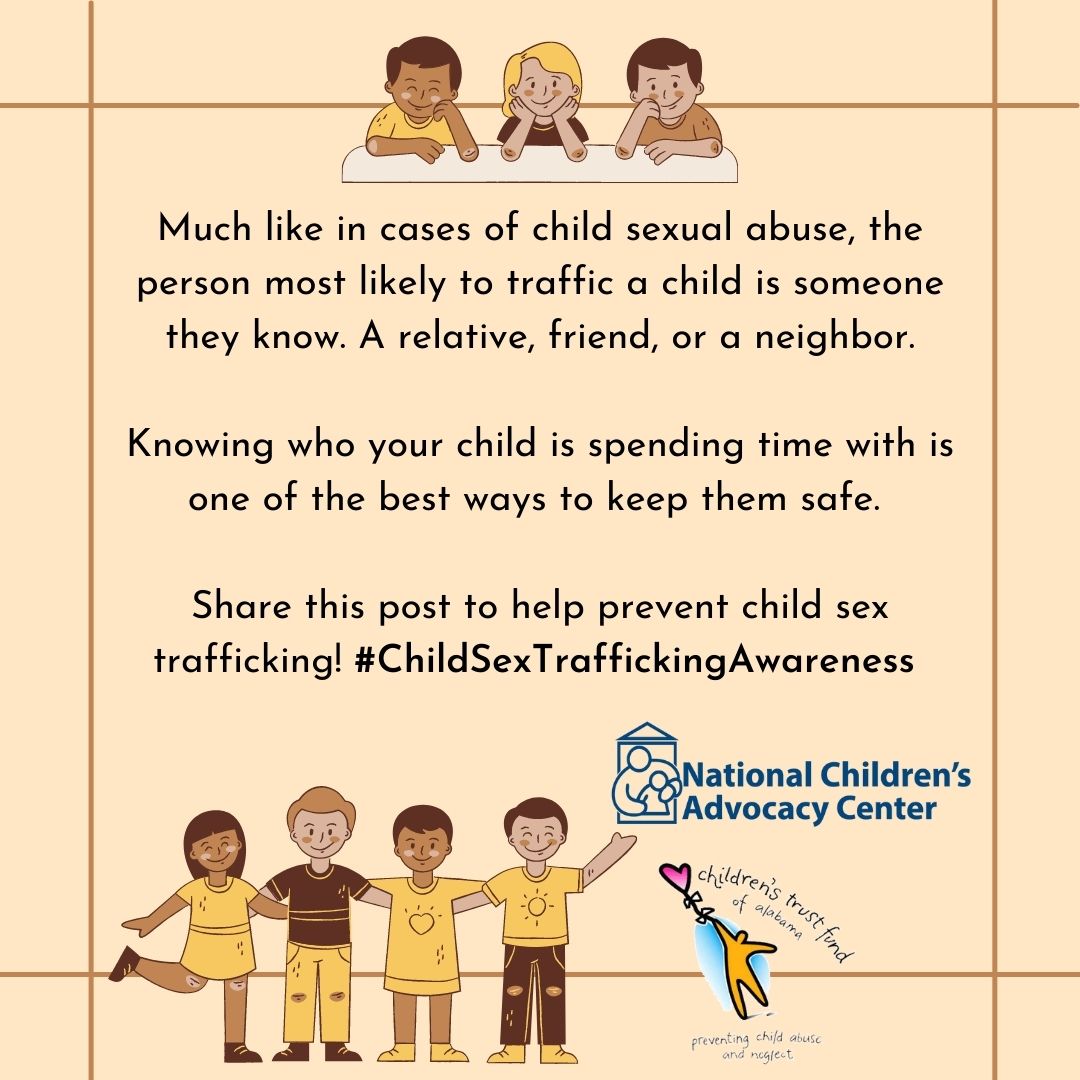
Suggested Text:
Much like in cases of child sexual abuse, the person most likely to traffic a child is someone they know. A relative, friend, or a neighbor.
Knowing who your child is spending time with is one of the best ways to keep them safe.
Share this post to help prevent child sex trafficking!
##ChildSexTraffickingAwareness
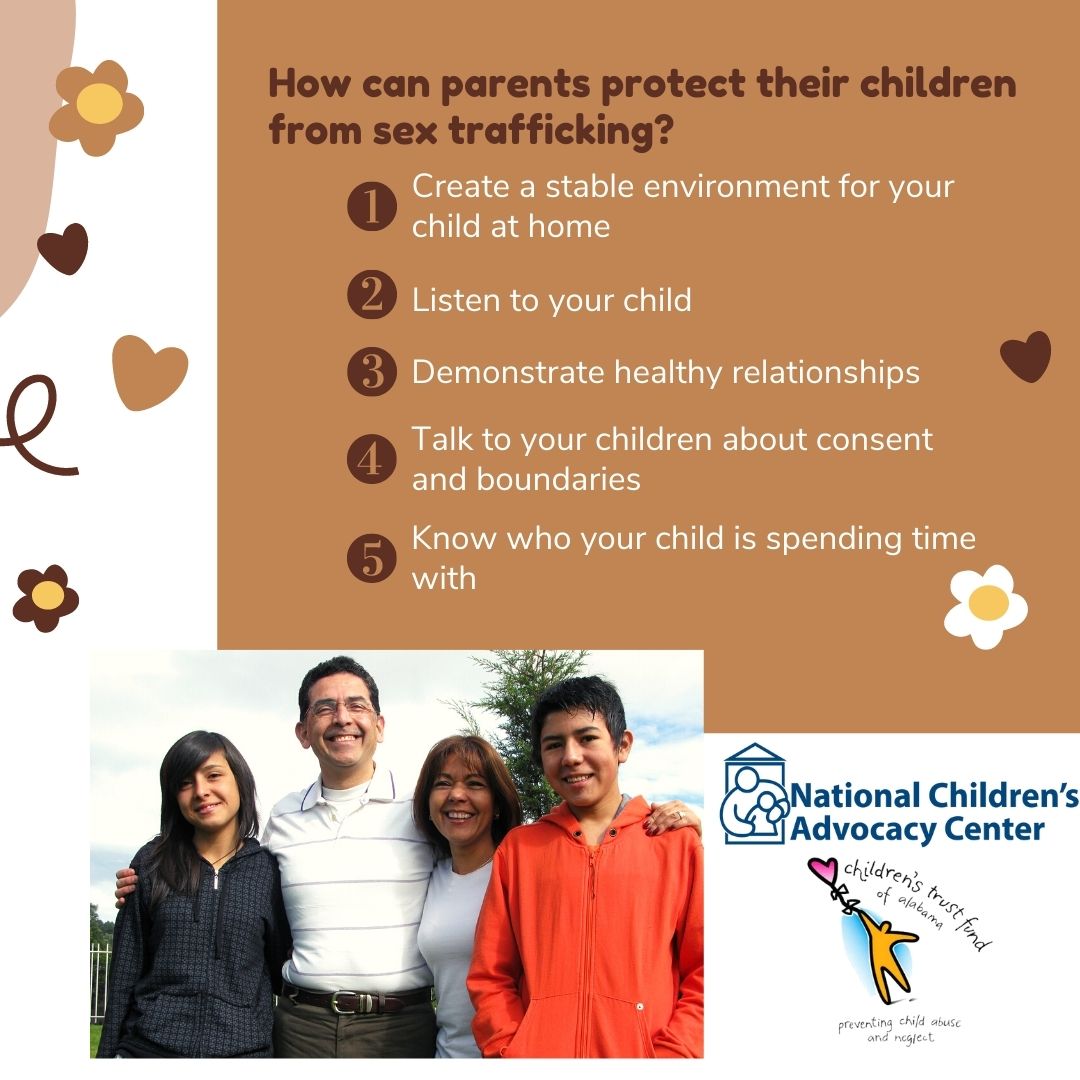
Suggested Text:
How can parents protect their children from sex trafficking?
Create a supportive, stable environment for your child at home.
Listen to your child.
Demonstrate healthy relationships with family members and friends.
Talk to your child about healthy relationships, consent and boundaries.
Take advantage of “teachable moments” in pop culture talk with your teen about misconceptions that glamorize the commercial sex industry.
Know who your child is spending time with online and in person.
PLEASE SHARE and give more children a chance.
##ChildSexTraffickingAwareness
Suggested Text:
Facts about child sex trafficking:
- Children who run away or are abandoned are common targets
- A history of trauma can make a child more vulnerable to the manipulative tactics of a trafficker
- The majority of sex trafficked youth experience severe neglect
- Traffickers use force and/or coercion to manipulate their victims
- Girls, boys, and transgender youth are all at risk for sex trafficking
Share these facts and help prevent child sex trafficking!
##ChildSexTraffickingAwareness
Videos
Suggested Text:
How can parents protect their children from sex trafficking?
Create a supportive, stable environment for your child at home.
Listen to your child.
Demonstrate healthy relationships with family members and friends.
Talk to your child about healthy relationships, consent and boundaries.
Take advantage of “teachable moments” in pop culture talk with your teen about misconceptions that glamorize the commercial sex industry.
Know who your child is spending time with online and in person.
PLEASE SHARE and give more children a chance.
##ChildSexTraffickingAwareness
Suggested Text:
What is child sex trafficking?
It is a form of child abuse that happens when a child under 18 is advertised, solicited or exploited through a commercial sex act, in which anything of value, like money, drugs, food, a place to stay, is given to or received by any person in exchange for sexual activity.
What can I do about it?
If you suspect child sex trafficking, make a report. Report a missing child or teenager immediately. Call local law enforcement and then call the National Center for Missing & Exploited Children at 1-800-THE-LOST.”
How can I be proactive and prevent it from happening?
Share this post. Share this information. Watch for more tips.
##ChildSexTraffickingAwareness #speakup


